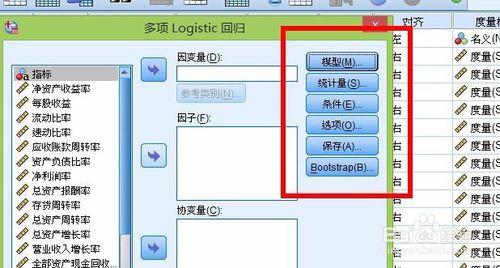In many categorical response regression applications, the response categories admit a multiresolution structure. That is, subsets of the response categories may naturally be combined into coarser response categories. In such applications, practitioners are often interested in estimating the resolution at which a predictor affects the response category probabilities. In this article, we propose a method for fitting the multinomial logistic regression model in high dimensions that addresses this problem in a unified and data-driven way. In particular, our method allows practitioners to identify which predictors distinguish between coarse categories but not fine categories, which predictors distinguish between fine categories, and which predictors are irrelevant. For model fitting, we propose a scalable algorithm that can be applied when the coarse categories are defined by either overlapping or nonoverlapping sets of fine categories. Statistical properties of our method reveal that it can take advantage of this multiresolution structure in a way existing estimators cannot. We use our method to model cell type probabilities as a function of a cell's gene expression profile (i.e., cell type annotation). Our fitted model provides novel biological insights which may be useful for future automated and manual cell type annotation methodology.
翻译:暂无翻译




